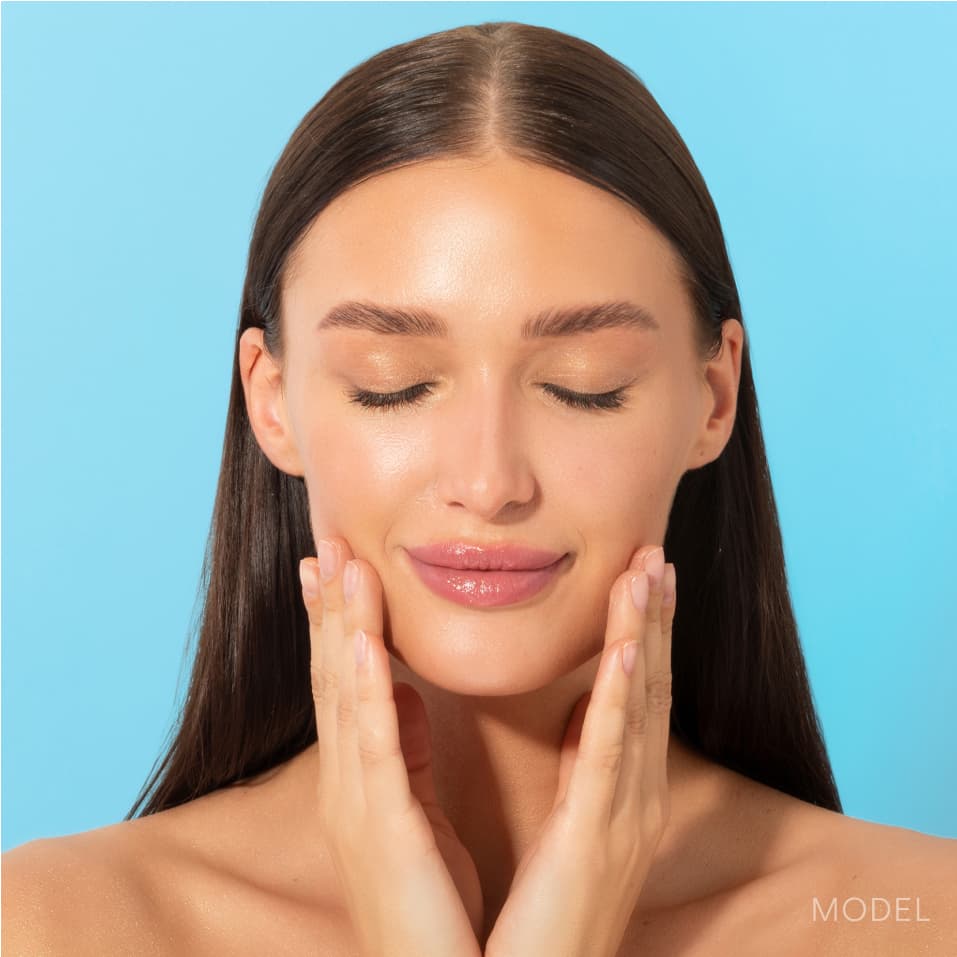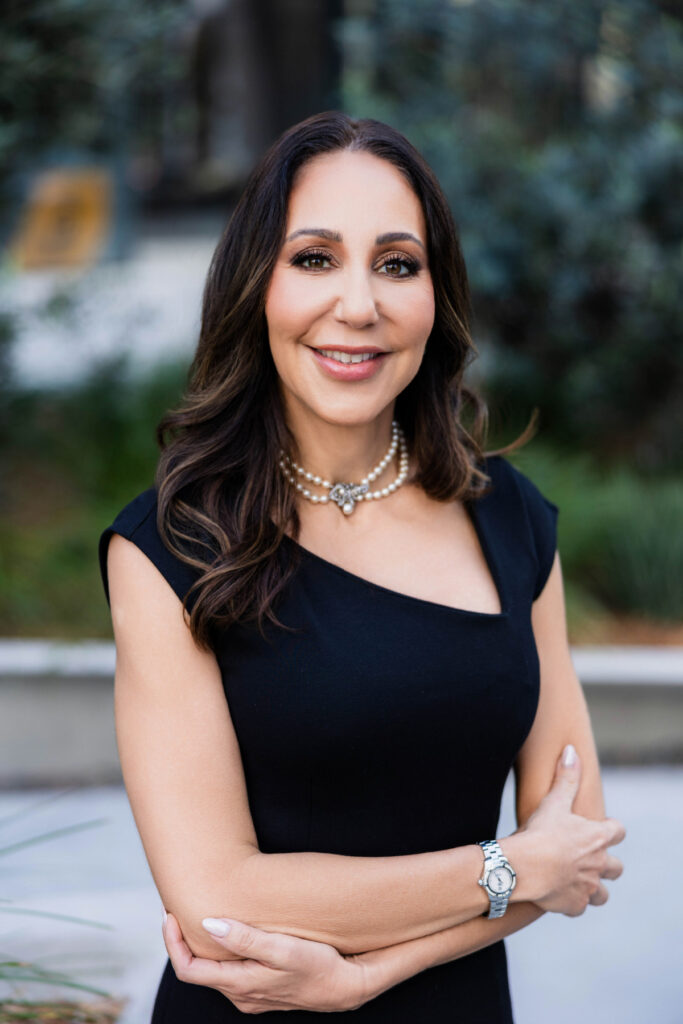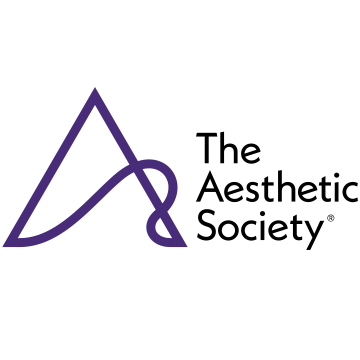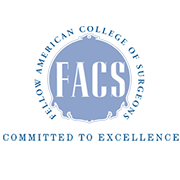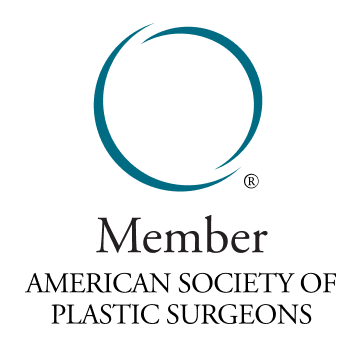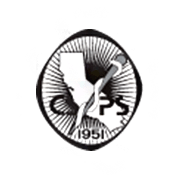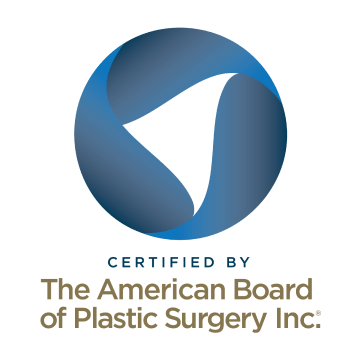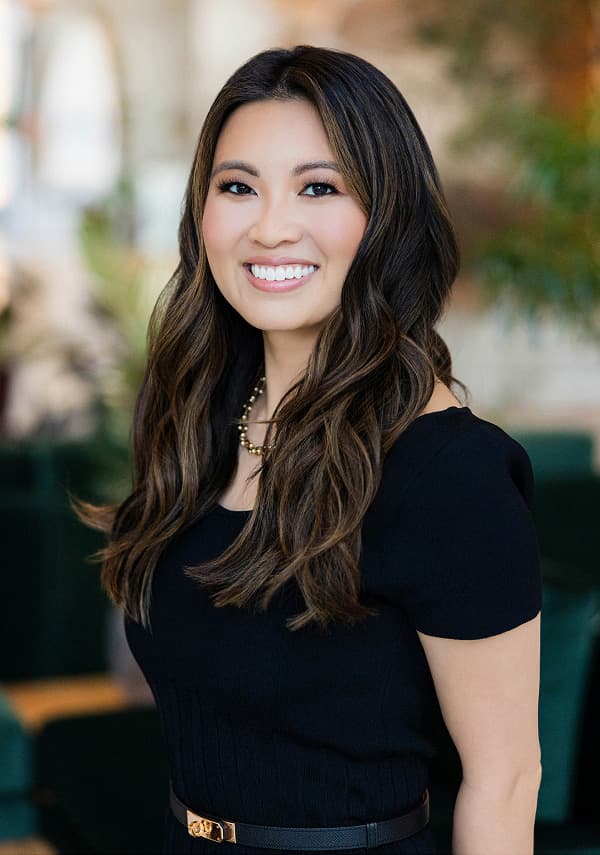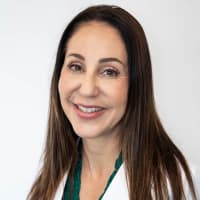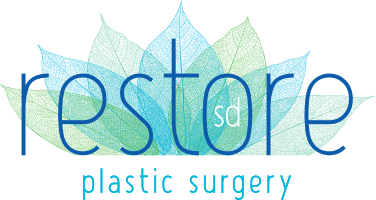Buccal fat reduction is a facial contouring procedure designed to slim the lower cheeks by reducing the size of the buccal fat pads, which can cause a rounded or full appearance. This minimally-invasive cosmetic surgery, performed by San Diego facial plastic surgeon Dr. Janet Chao and board-certified plastic surgeon Dr. Katerina Gallus, creates a more defined, sculpted look by enhancing the natural contours of your face. For those seeking a more chiseled or refined facial structure, buccal fat reduction can deliver long-lasting results that beautifully complement your unique features.
Why consider Buccal Fat Reduction?
If you’re looking to achieve a more sculpted, contoured facial appearance, buccal fat reduction can help by:
- Reducing the fullness in the lower cheeks
- Enhancing the definition of your cheekbones and jawline
- Creating a more angular, slimmed facial profile
- Providing subtle, natural-looking results that enhance your overall facial harmony
The Procedure: What to Expect
Buccal fat reduction is a straightforward, minimally-invasive procedure that Dr. Gallus and Dr. Chao typically perform under local anesthesia, allowing you to remain awake but comfortable during the surgery. After anesthesia has been administered, your surgeon will begin the procedure by making a small incision on the inside of each cheek, carefully positioned to avoid any visible scars. Through this incision, your surgeon can then access the buccal fat pads, which are located between the muscles of your cheeks. Using precise surgical techniques, they will gently remove the desired amount of fat to create a more contoured facial appearance.
The procedure usually takes about 30 to 60 minutes to complete, depending on your individual anatomy and aesthetic goals. Once the fat has been removed, the incisions inside your mouth are closed with dissolvable sutures, ensuring that no follow-up appointment for suture removal is necessary.
Post-procedure, you may experience mild swelling and discomfort in your cheeks, but this typically resolves within a few days. Because the incisions are made inside the mouth, there is minimal risk of infection when proper oral hygiene is maintained. Most patients are able to resume normal daily activities within a few days, although it’s recommended to avoid strenuous activities for at least a week. Full results of the procedure will gradually become visible as swelling subsides, revealing a slimmer, more defined facial contour.
Combining your buccal fat removal with other procedures
Buccal fat removal can be an excellent standalone procedure for achieving a slimmer, more contoured facial appearance, but it’s also commonly combined with other facial surgeries or non-surgical treatments for even more transformative results. Many of our Restore SD patients choose to combine buccal fat reduction with non-surgical procedures such as Botox, Sculptra, and dermal fillers.
Dr. Gallus and Dr. Chao will work with you to develop a personalized treatment plan based on your unique facial anatomy and aesthetic goals. Whether you’re seeking a more dramatic transformation or a subtle enhancement, combining buccal fat removal with other procedures can help you achieve the balanced, defined look you desire—all while minimizing downtime by undergoing multiple treatments at once.
Buccal fat reduction enhances your natural bone structure, giving your face a more sculpted, contoured appearance without scarring and minimal downtime.
Am I a good candidate for Buccal Fat Reduction?
Not everyone is a good candidate for buccal fat reduction, as a certain amount of fat is required in the buccal fat pads. Ideal candidates for buccal fat reduction are individuals in good health who have:
- A round or full face and desire more facial definition
- Stable weight and realistic expectations for the outcome
- No significant issues with skin laxity, as this procedure targets fat, not loose skin
During your consultation, your Restore SD surgeon can help you determine if buccal fat reduction is right for you, or if an alternative procedure might be better suited for achieving your aesthetic goals.
Recovery
After buccal fat reduction, you may experience mild swelling or discomfort for a few days. Most patients are able to resume normal activities shortly after the procedure. Results are gradual, as the full effect is noticeable once swelling has fully subsided,
usually within a few weeks.
Results
After buccal fat reduction, you can expect to achieve a slimmer, more defined facial contour, particularly in the mid-face and lower cheeks. The procedure enhances the natural bone structure, giving the face a more sculpted, contoured appearance. This subtle yet impactful change can help balance facial proportions and accentuate features like the cheekbones and jawline, contributing to an overall more refined look.
You will start to notice an initial reduction in cheek fullness within a week or two as the swelling subsides. However, the final results will continue to develop gradually over the following weeks and months. Full results are typically visible around the 3-month mark, once all swelling has completely resolved and the tissues have settled into their new position.
The results of buccal fat reduction are considered permanent. Since the buccal fat pads are surgically removed, they will not return. However, it’s important to maintain a stable weight, as significant weight fluctuations can affect the overall facial appearance. For those seeking long-term, defined facial contours, buccal fat removal offers a lasting solution that enhances the natural features while maintaining a harmonious, balanced look.
Frequently Asked Questions about Buccal Fat Reduction
Why Choose Restore SD Plastic Surgery?
At Restore SD Plastic Surgery, our qualified female plastic surgeons Dr. Katerina Gallus and Dr. Janet Chao both have extensive experience performing buccal fat reduction procedures. They are fully dedicated to providing all patients with the highest standard of care and delivering natural-looking results that match your unique goals. Dr. Gallus, Dr. Chao and the entire Restore SD team will guide you through every step of your facial rejuvenation journey.
With over 20 years of experience, Dr. Gallus is a board certified plastic surgeon and Castle Connolly Top Doctor. She will partner with you to develop a tailored surgical plan that prioritizes your safety and results.
Dr. Chao’s elite facial plastic surgery training and remarkable attention to detail offers patients safe, natural-looking results. She will work closely with you to understand your goals and concerns to bring your aesthetic vision to life.
- Key Benefits
- Glossary
- Minimally invasive with no visible scarring
- Short recovery time
- Immediate improvement in facial contour, with final results becoming more visible as swelling subsides
- Anesthesia: Medication used during surgery to block pain. In buccal fat removal, local anesthesia is typically used to numb the area while keeping you awake.
- Asymmetry: A condition where one side of the face or body looks different from the other. After buccal fat removal, the goal is to create a balanced, symmetrical appearance.
- Buccal Fat Pads: Fat located between the muscles of the lower cheeks that contributes to facial roundness. Buccal fat removal involves surgically reducing these pads to slim the face.
- Chin Augmentation: A surgical procedure to enhance the shape or size of the chin, often combined with buccal fat removal for better facial balance.
- Contour: The shape or outline of a body part. In buccal fat removal, the goal is to enhance the contour of the cheeks and face.
- Dermal Fillers: Injectable treatments used to add volume to the skin. These can sometimes be used after buccal fat removal if patients desire more cheek volume.
- Facelift: A surgical procedure to lift and tighten sagging skin in the face and neck. It’s sometimes combined with buccal fat removal for a more youthful look.
- Fat Grafting: A procedure where fat is taken from one area of the body and injected into another. It may be used to restore cheek volume after buccal fat removal.
- Incision: A small cut made during surgery. In buccal fat removal, the incision is made inside the mouth to access the fat pads.
- Lipofilling: Another term for fat grafting, where fat is transferred from one part of the body to another to restore volume or contour.
- Minimally Invasive: A type of surgery that involves less tissue damage and a shorter recovery time. Buccal fat removal is considered a minimally invasive procedure.
- Neck Liposuction: A procedure that removes excess fat from the neck area, often combined with buccal fat removal to enhance facial contours.
- Non-Surgical Treatment: Procedures like Botox® or dermal fillers that don’t involve surgery. These can complement buccal fat removal for overall facial rejuvenation.
- Post-Operative Care: The care and instructions given after surgery to promote healing and reduce the risk of complications.
- Recovery Period: The time after surgery when the body heals. For buccal fat removal, the recovery period typically lasts a few days to a week.
- Submental Area: The area underneath the chin. Neck liposuction in this area may be combined with buccal fat removal to enhance jawline definition.
- Sutures: Stitches used to close incisions. Buccal fat removal uses dissolvable sutures, so they don’t need to be removed manually.
- Swelling: A common post-surgical effect where the skin appears puffy or enlarged. Swelling after buccal fat removal will subside over a few weeks.
Areas Served
Medically reviewed by Dr. Katerina Gallus — Updated on Jun 26, 2025


